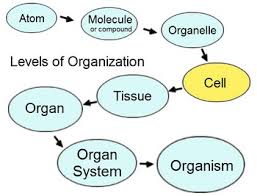Conserved biophotonic emissions

Human high intelligence is involved in spectral redshift of biophotonic activities in the brain The tendency of the spectral redshift of glutamate-induced biophotonic emissions in this study is in the order of frog, mouse, chicken, pig, monkey, and human, which is almost consistent with the phylogenetic tree. Although the present imaging technique could not distinguish … Conserved biophotonic emissions


